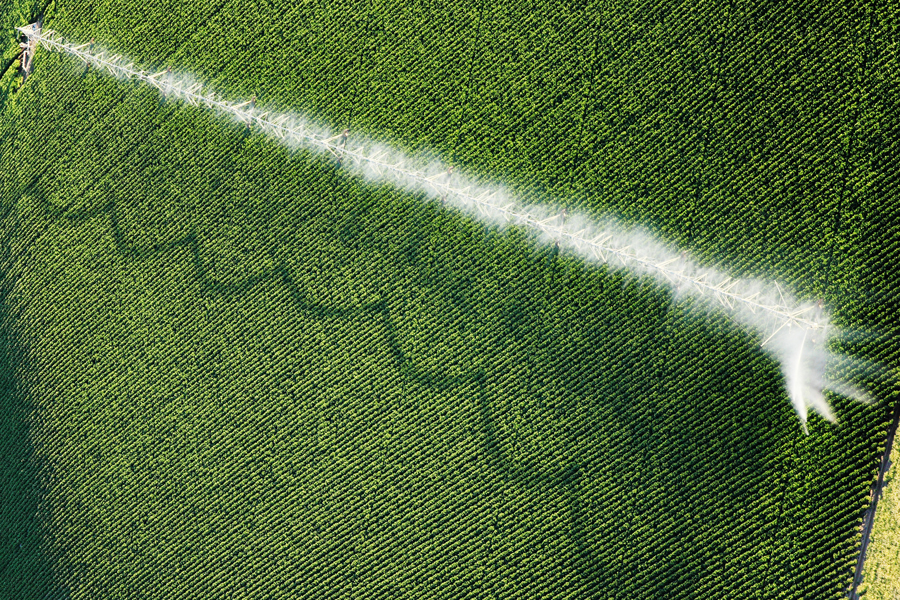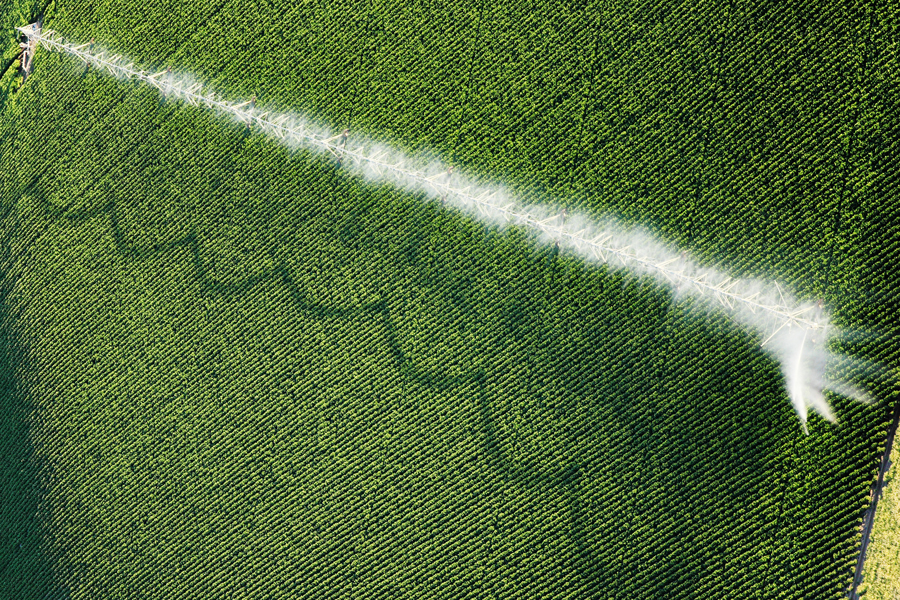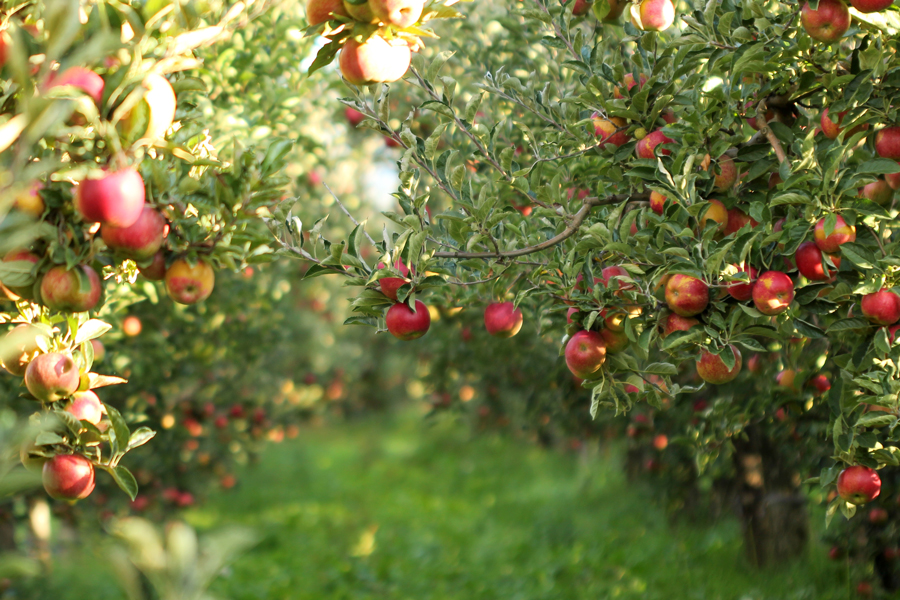-
 This publication is intended to be used by those familiar with calibrating a center pivot system. The circular lists the steps, calculations, and charts needed to calibrate a center pivot irrigation system pumping wastewater, without explanations of the process itself. The PDF version contains worksheets and formulas. The step-by-step calibration procedure…
This publication is intended to be used by those familiar with calibrating a center pivot system. The circular lists the steps, calculations, and charts needed to calibrate a center pivot irrigation system pumping wastewater, without explanations of the process itself. The PDF version contains worksheets and formulas. The step-by-step calibration procedure…|
-
 This publication was developed to provide farmers applying animal wastewater with step-by-step instructions to calibrate their center pivot irrigation systems. Within each step, the publication provides reasoning for that step and any equations to calculate the needed values. Along with instructions, the publication also provides a fillable table to collect…
This publication was developed to provide farmers applying animal wastewater with step-by-step instructions to calibrate their center pivot irrigation systems. Within each step, the publication provides reasoning for that step and any equations to calculate the needed values. Along with instructions, the publication also provides a fillable table to collect…|
-

Feather coverage is important for both thermoregulation and disease prevention. Because feathers are made of protein, there are obvious nutritional factors that affect feather coverage in high yield broiler breeds. This publication summarizes the importance and structure of the feather and the feed-related factors that impact feather coverage.
|
-

This publication is designed to give small market growers, homeowners, and Master Gardener audiences a quick guide to selecting and installing drip irrigation in the vegetable garden.
|
-

This publication addresses winterization of a drip irrigation system. The circular includes information about winterization timing, components of a drip system, precautions to take when servicing a drip system, and a quick reference run-down to the winterization process.
|
-

This publication reviews the critical items to address when starting a drip irrigation system that has been idle. This is important information for specialty crop producers and homeowners that have drip irrigation systems servicing fruit, nut, and vegetable crops.
|
-
 This circular is a compilation of pruning techniques for apple, pear, peach, blackberry, blueberry, grapes, and pomegranate. Included are tools for pruning, definitions and descriptions of terms used in pruning, and diagrams illustrating best pruning practices. This work has important and relevant information about pruning and plant care for the…
This circular is a compilation of pruning techniques for apple, pear, peach, blackberry, blueberry, grapes, and pomegranate. Included are tools for pruning, definitions and descriptions of terms used in pruning, and diagrams illustrating best pruning practices. This work has important and relevant information about pruning and plant care for the…|
-

C 1037-24-SP
Tendencias Actuales de Actividad Física
Para mantener a su familia en forma, anímelos a mantenerse físicamente activos.
|